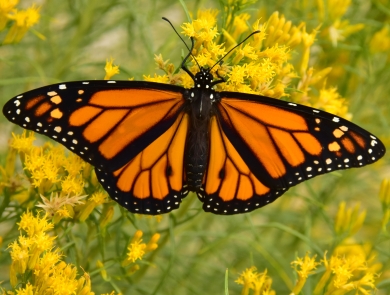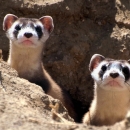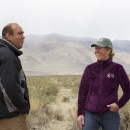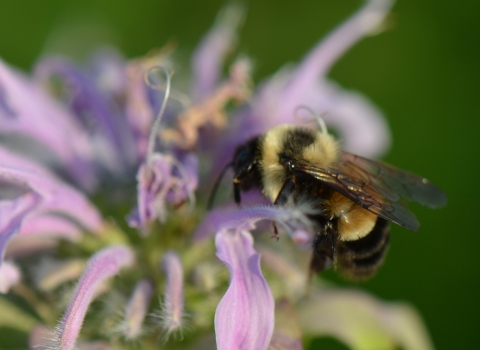About Us
Our Ecological Services field office works to protect species that are federally listed as endangered or threatened as well as species that are candidates for Federal listing within a 74-county area throughout central and western Texas.
We also provide technical and financial assistance to non-Federal landowners seeking to promote stewardship of Federal trust resources, such as migratory birds, interjurisdictional fish, and wetlands through the Partners for Fish and Wildlife Program.
What We Do
The conservation of our nation’s most imperiled species is at the heart of our office’s work. It drives what we do, from reviewing federally funded or authorized projects, to proactively working to recover rare species. All of our work is done in conjunction with partners, including state wildlife agencies, Tribes, other federal agencies, private industry, colleges and universities, and non-profit organizations.
Our Organization
Our Ecological Services field office works to protect species that are federally listed as endangered or threatened as well as species that are candidates for Federal listing within a 74-county area throughout central and west Texas. We also provide technical and financial assistance to non-Federal landowners seeking to promote stewardship of Federal trust resources, such as migratory birds, interjurisdictional fish, and wetlands through the Partners for Fish and Wildlife Program.
Our Species
Our staff are experts on several federal threatened and endangered species of central and western Texas, and we work to prevent the extinction and to recover our nation’s most imperiled species. Learn more about the species that are the focus of our conservation efforts.
Projects and Research
Working with others is at the core of how we operate, and through those partnerships, we develop a number of conservation projects across central and western Texas. Learn more about some of the key efforts we have underway.
The U.S. Fish and Wildlife Service (Service) recognizes the critical role of transportation in the economic and ecological well-being of human communities. Transportation projects influence the character of a region by the number of people and amount of goods and services it transports. Transportation designs also influence plant and animal species and their habitats, and the ecological health...
Working with partners, the U.S. Fish and Wildlife Service (Service) uses a range of conservation tools to recover threatened and endangered species to ensure that they are able to survive on their own in the wild. These tools can include acquiring and restoring habitat, removing invasive species, conducting surveys, monitoring individual populations, and breeding species in captivity to...
Our Library
Sharing resources to support your plant and wildlife conservation efforts, or to help you better understand our efforts.
Get Involved
As a small office with a large work area, partnering with others is a foundation of our work - whether it be funding research, coordinating on-the-ground conservation efforts, or shepherding the next generation of conservation leaders. There may be opportunities for you to get involved conserving some of the rarest species and special habitats of central and western Texas, either with us, or with one of our myriad partners.
Location and Contact Information
- Austin Ecological Services Field OfficeView Details1505 Ferguson Lane Austin, TX 78754
































